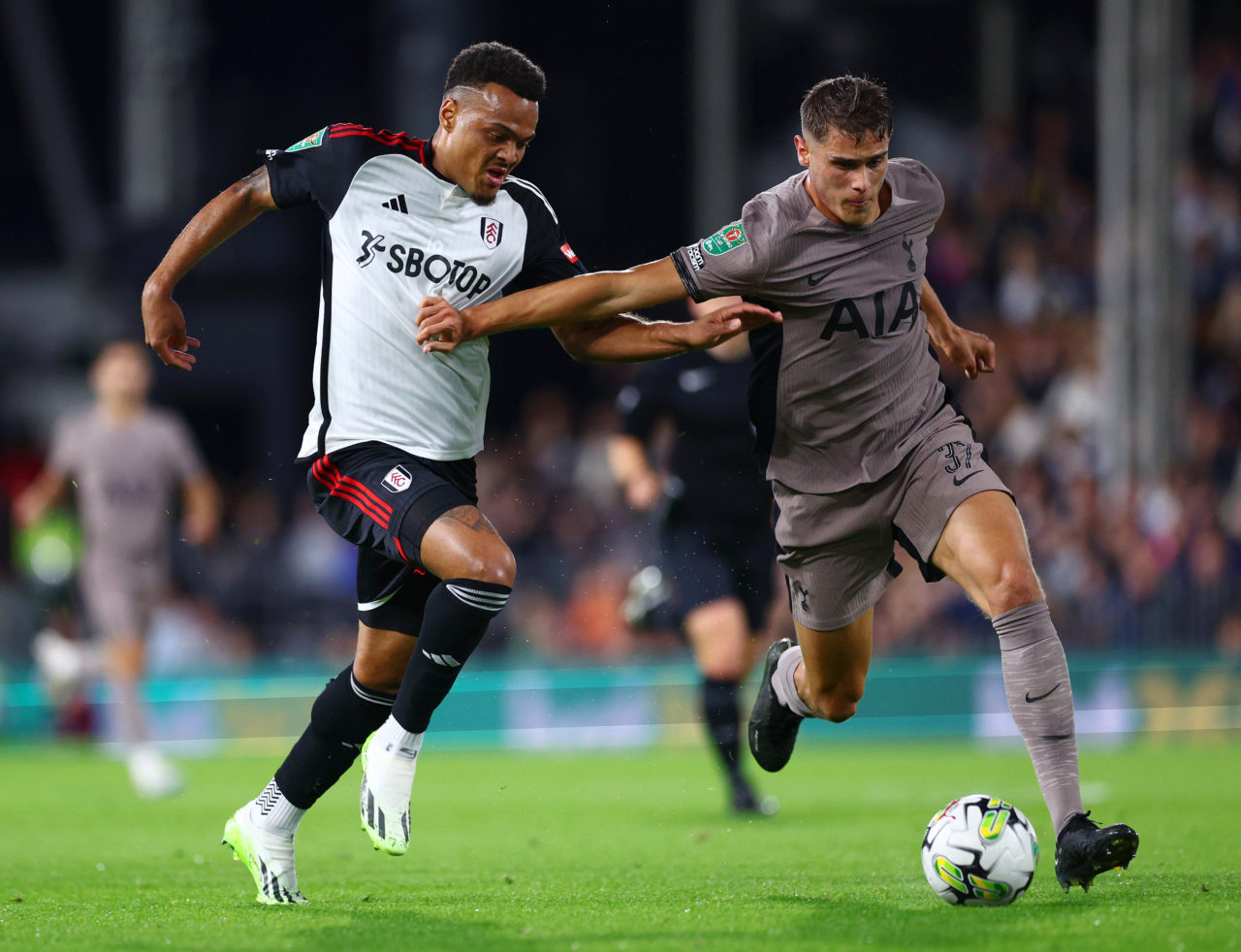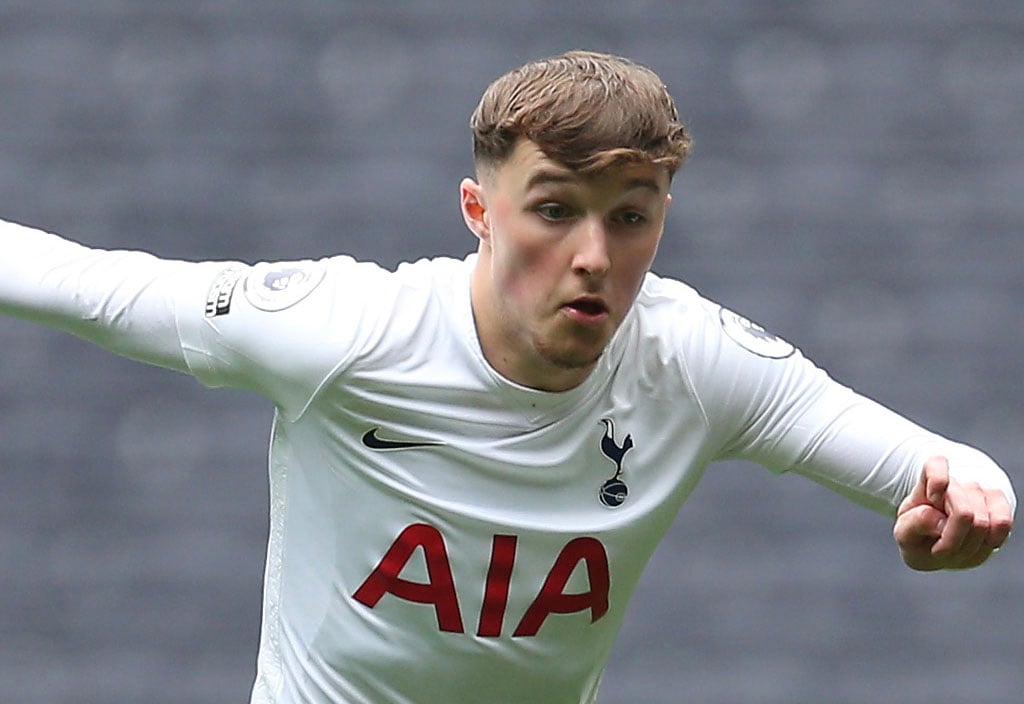In an age of data and metrics, we manipulate numbers to our needs. Numbers can be engineered to justify a performance or enforce a narrative. They can be used for good and bad.
Why do we do so? Numbers are irrefutable; they are a cold hard fact. Thirty-five passes made out of thirty-six is a success rate of 97%. This is gospel and thus cannot be argued against. Yet we all know that numbers are the skeleton of the story.
Those thirty-five passes could have all been slightly wayward or poorly weighted, not taking into account the stronger foot of the recipient. Conversely, that one misplaced pass could have been a catastrophically under-hit backpass, leading to the concession of a crucial goal.
The numbers in fact can lie.
If you have stayed with me so far, then firstly thank you. Secondly, allow me to expand on my slightly verbose introduction to this article.
After watching the Tottenham fixture away at Bournemouth, my belief was that Micky Van De Ven had been imperious and, to my mind, the best centre half on display all game (that said, Romero was also impressive). I knew I wanted to write about him, but crucially I wanted the statistics to embolden my argument and back me to the hilt.
They did not.
Don’t get me wrong, there was nothing wrong at all with his numbers. Two successful tackles, 75% of duels won, 69/73 pass success rate, seven clearances and one block and interception (Sofascore).
I was disappointed. Therefore, I rewatched the game for some deeper insight and discovered I was right first time, but with the benefit of time and no emotional investment in the moment I could see, fully, how the Dutchman excelled.

LONDON, ENGLAND – AUGUST 29: Rodrigo Muniz of Fulham challenges for the ball with Micky van de Ven of Tottenham Hotspur during the Carabao Cup Second Round match between Fulham and Tottenham Hotspur at Craven Cottage on August 29, 2023 in London, England. (Photo by Clive Rose/Getty Images)
Decision Making
One of the caveats of developing a system that is so attacking and daring is that it requires time to adjust.
It is all well and good playing tight little passing routines in training sessions, but it is enough when the opposition is pressing at full throttle in the heat of battle? It takes excellent technique combined with peak decision-making to excel in such a role – especially when you know that if you lose it in your area of the pitch – central defence for Micky – it could lead to a big chance for the opposition.
Against the Cherries, whenever Van de Ven received the ball he never looked rushed. He appeared to have at least two or three potential options in his head, even before the ball got to him; knowing instinctively where his options lay.
If the prime avenue was blocked, he knew how to manoeuvre the ball to use the alternate option.
Body Shape
When it became clear that it was a ‘Van de Ven or Tapsoba’ decision, I was rooting for the Dutchman all the way. Why? The answer is simple. If we have a left-sided centre-back, I want him to be left-footed, and this performance against Bournemouth demonstrated why.
The number of times he was able to allow the ball to come across his body and maximise the width by locating Destiny or Maddison with a first-time pass was beneficial and maintained the tempo at which the ball was moved around the pitch.
There was a passage of play that resulted in Vicario playing a cheeky reverse pass to the Dutchman from inside the six-yard box. It could have been awkward, but he was able to open his body out before playing it wide first time – a potential tight spot slickly avoided.
Progressing the Ball
The attribute that most people were raving about with the Dutchman is his blistering pace. The clip of him legging it back to make a goal-line clearance is well-known to all.
Yet it was his pace over a shorter distance that made him really effective in this match. Tottenham fans are used to seeing centre-backs picking up the ball, dawdling on it; edging forward, looking around hopelessly at an array of static midfielders and forwards in front of them, before turning and rolling the ball back to another defender.
Not so with Van de Ven. If he sees space in front of him, he will drive into it, using his pace and power to leave the attacker for dead, before releasing a forward ball – or checking back if no viable option is available.
Passing
I do not believe it would be out of line to suggest that Micky Van de Ven is not a naturally ‘expressive’ passer of the ball. Unlike players like Romero or Alderweirald, he is not constantly seeking to play a killer ball through the lines into the feet of the forwards.
Indeed, almost every one of his passes is ‘safe’, but the way he strikes it is impressive in itself. If you are a midfielder or full-back in that team you are delighted to be receiving one of his passes.
He strikes it cleanly almost every time and the weighting of it means that his teammate does not have to break stride or amend their movement to control it accurately.
Being the pedant that I am I managed to find one moment, where James Maddison had to wait a fraction of a second for the ball to come to him where he wanted it – and that is really splitting hairs – and speaks volumes about me as a person.
Tackling
Unlike Romero, Van de Ven is not an ‘aggressive’ defender. He will not see a fifty-fifty (or in Romero’s case a thirty-seventy) and fly in to win back the ball.
Instead, he prefers to wait and read the play before assessing the optimum time to go to ground or intercept the ball.
His two tackles, one on Semenyo and one on Solanke were exceptionally well timed and he made the most of his ‘telescopic’ legs to take the ball cleanly – almost ‘Wan Bissaka-esque’. Never, when he went to ground, did it look out of rash or out of control, which gives me a delightful segue to my final observation.
Aura of Calmness
There are some players that, when they get the ball, seem on edge or uncertain. With Van de Ven, so far, he has been the ‘ice man’ – even in high-pressure situations. This comes back to his decision-making, combined with confidence and technique.
Importantly, his aura at the back has had an impact on the other members of the defensive team. Vicario looks more assured; Romero looks more measured and Udogie and Porro feel free to advance forward, knowing there is security behind him.
Barring analysing his heart rate in high-pressure situations, I cannot think of a metric that could be used to measure ‘calmness’, but my instinct is that Van de Ven’s numbers would be off the chart.
Conclusion
It is incredible to think that Van de Ven started his first match for Tottenham with only a handful of training sessions under his belt.
Over the last few years, we have been preconditioned to waiting to see new players integrated into the side. It would usually follow a trend like this. Initially when asked about their upcoming debut at a press conference, a surly, and borderline condescending, remark would be made about ‘learning the style of play’.
This would be followed by minutes off the bench, gradually increasing until a first start was ‘merited’.
The way that Ange Postecoglou has ‘thrown them in at the deep end’ so to speak, must make the players feel so supported and this can be said with Micky Van de Ven, who looks assured and supremely confident.
It is early days, but I just get the feeling that our ‘Flying Dutchman’ might be a mainstay in the heart of our defence, alongside Romero, for years to come.
Have something to tell us about this article?



